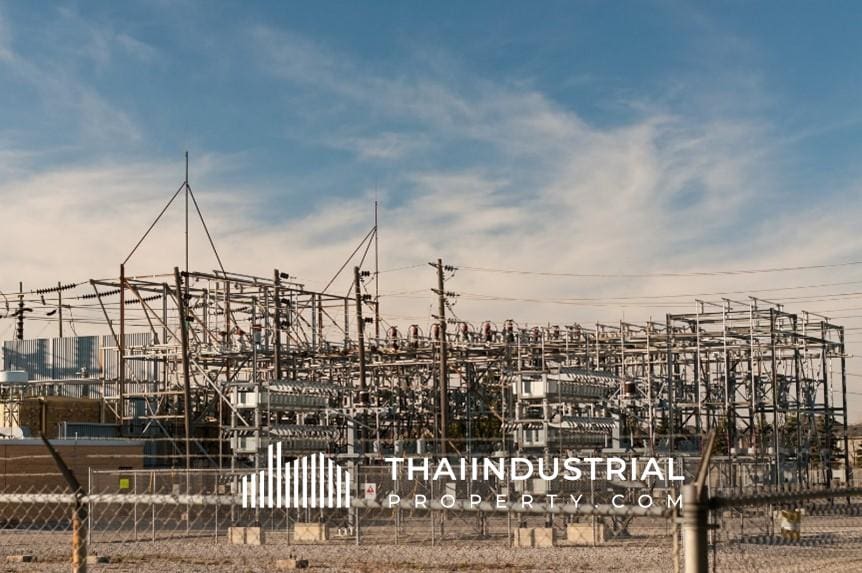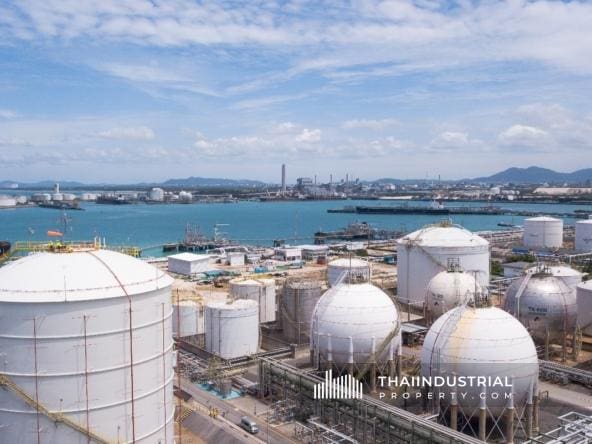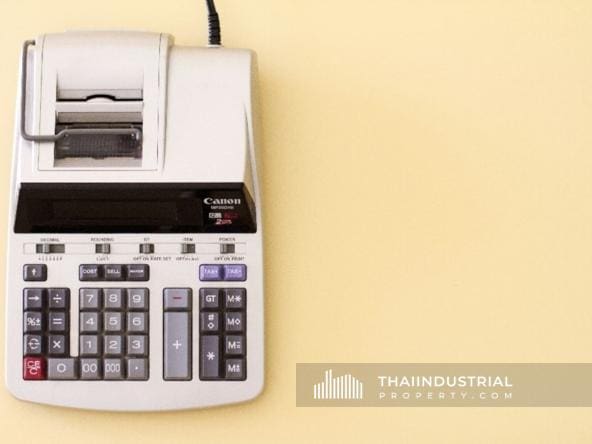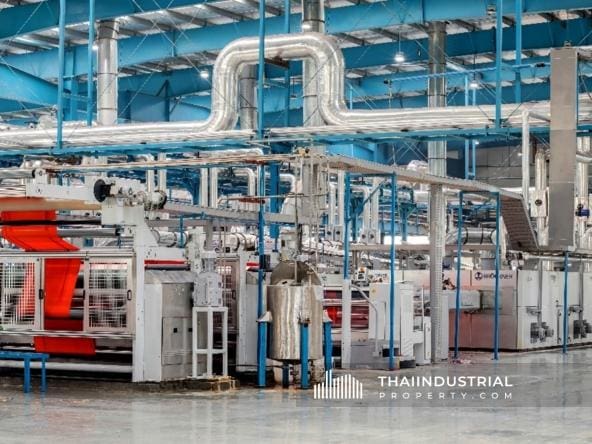When considering electrical systems, it’s essential to understand the difference between 3-phase and 1-phase power. While we commonly encounter the 1-phase system at home, the 3-phase system is more suitable for industrial applications, particularly in factories and warehouses where electricity demands are significantly higher and more complex. This article will provide the comprehensive comparison between 3-phase electricity and 1-phase electricity.
1-Phase Electrical System:
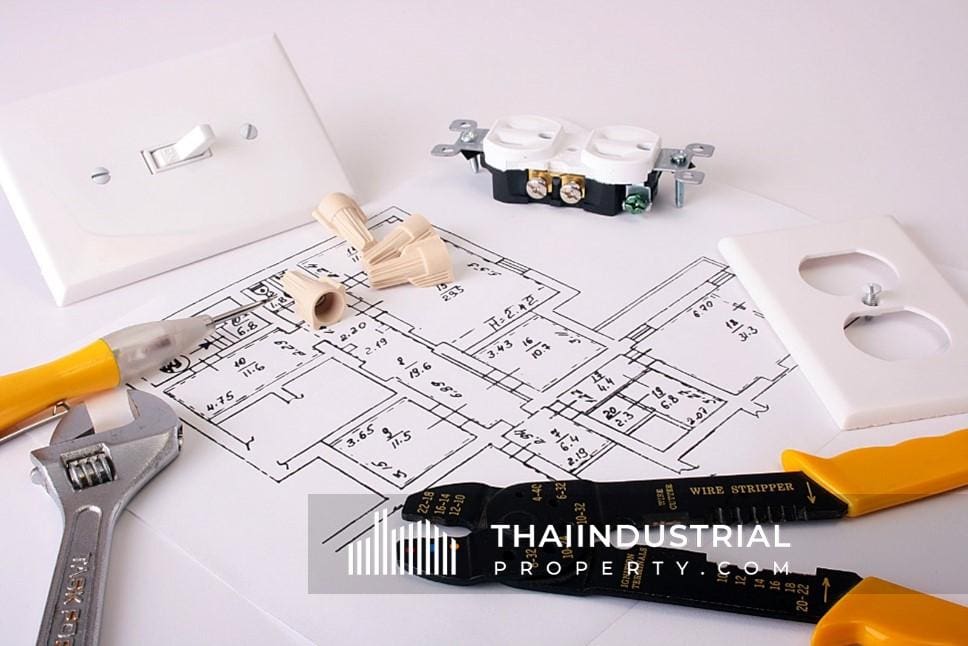
The 1-phase electrical system is what we typically use in our homes. It is sufficient for regular household electricity needs, powering our lightbulbs and electrical appliances. This system consists of two electrical wires with a voltage of 220 volts. The setup includes a current line (Current) and a neutral line (Neutral), which is enough for everyday domestic usage. Some setups may also have a ground line (Ground), which provides safety by routing excess current to the ground during electrical surges or leaks.
3-Phase Electrical System:
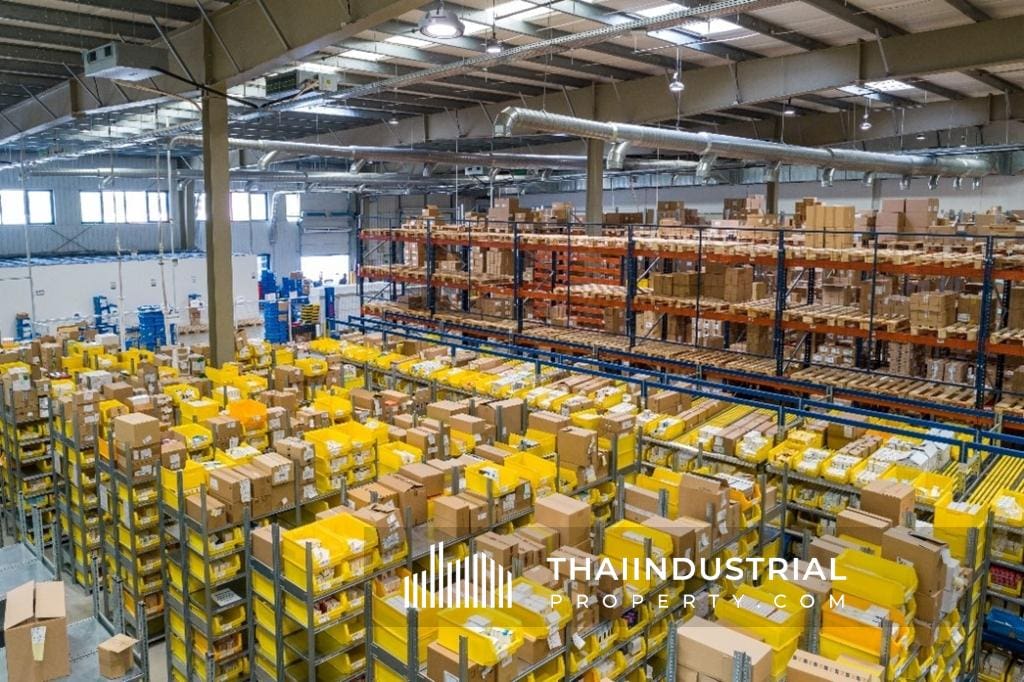
On the other hand, the 3-phase power system is more advanced, consisting of four electrical wires with a voltage of 380 volts. Three of these wires actively carry electrical current, while the fourth, known as the Neutral Line, remains idle and does not carry electricity. The high demand for electricity in factories and warehouses, which often involves heavy machinery, cooling systems, and extensive lighting, makes the 3-phase system more appropriate for these industrial settings.
Cost Considerations:

The 3-phase system’s installation and application costs are higher compared to the 1-phase system, but it offers significant long-term benefits. Despite the initial expenses, it results in substantial savings on electricity bills due to lower rates for heavy electricity usage. Moreover, the 3-phase system allows the integration of 1-phase appliances where needed, making it versatile for specific areas like office spaces within the factory or warehouse, where lower power demands area is fairly lower cost-wise.
Efficiency and Suitability:
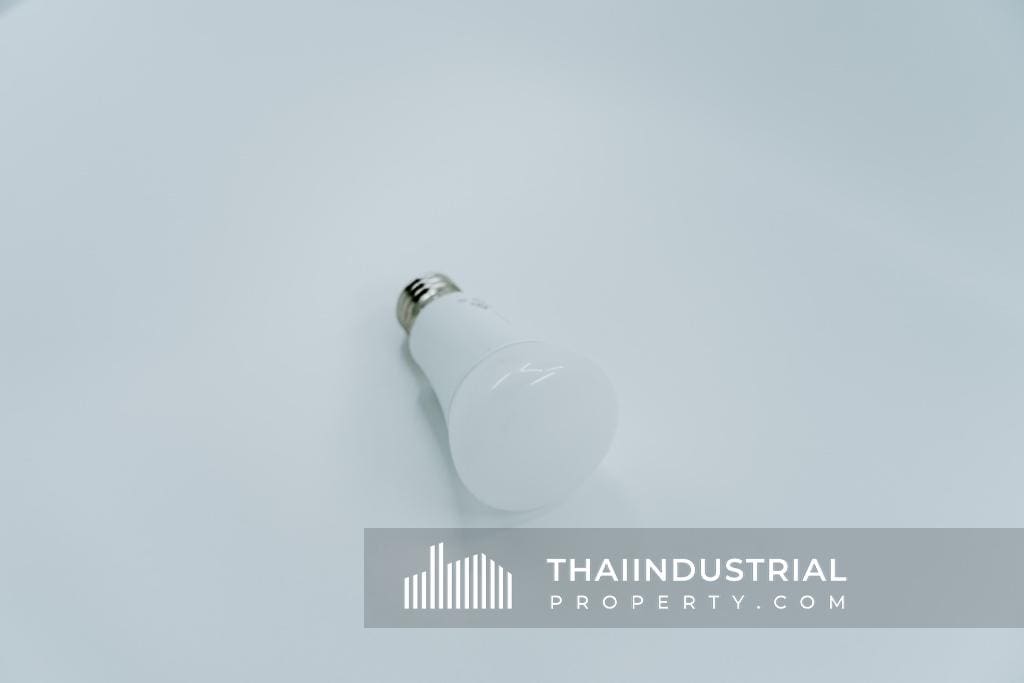
For factories and warehouses that rely on substantial electricity consumption, the 3-phase system is a more efficient and cost-effective choice. Its ability to deliver a constant supply of high-power electricity aligns perfectly with the demands of industrial operations. While the initial investment may seem higher than the 1-phase system, the 3-phase circuit proves to be the better long-term option, ensuring consistent and reliable power supply at a reasonable cost.
Overview differences:
Here’s a bullet point comparison between 3-phase and 1-phase electrical systems:
3-Phase Electrical System:
- Consists of four electrical wires (3 active wires and 1 neutral wire).
- Voltage typically measures 380 volts.
- Suitable for high-demand industrial applications, such as factories and warehouses.
- More cost-effective for heavy electricity usage in the long run.
- Allows integration of 1-phase appliances where needed for specific areas with lower power demands.
1-Phase Electrical System:
- Consists of two electrical wires (1 active wire and 1 neutral wire).
- Voltage typically measures 220 volts.
- Commonly used for household electricity needs.
- Suitable for everyday domestic usage, powering lights and appliances.
- Typically, less expensive for light electricity usage.
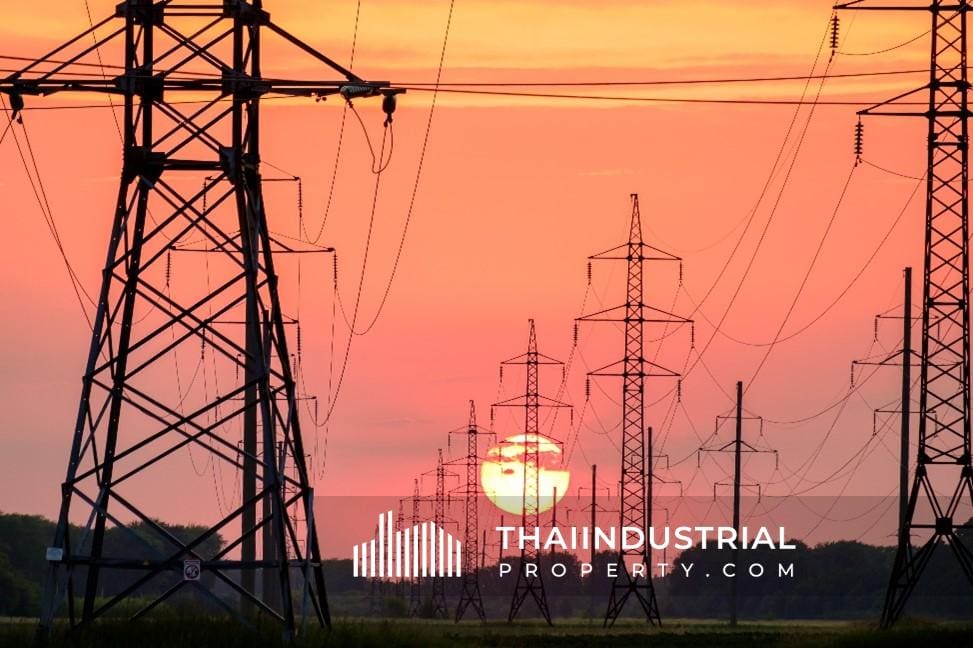
Overall, the distinction between 3-phase and 1-phase electrical systems lies in their voltage capacity and applicability. For industrial purposes, such as factories and warehouses, the 3-phase system is the more suitable and efficient choice due to its ability to meet high electricity demands and deliver cost-effective solutions in the long run. If you are looking to rent warehouses and factories of various sizes or learn more, kindly contact us.

